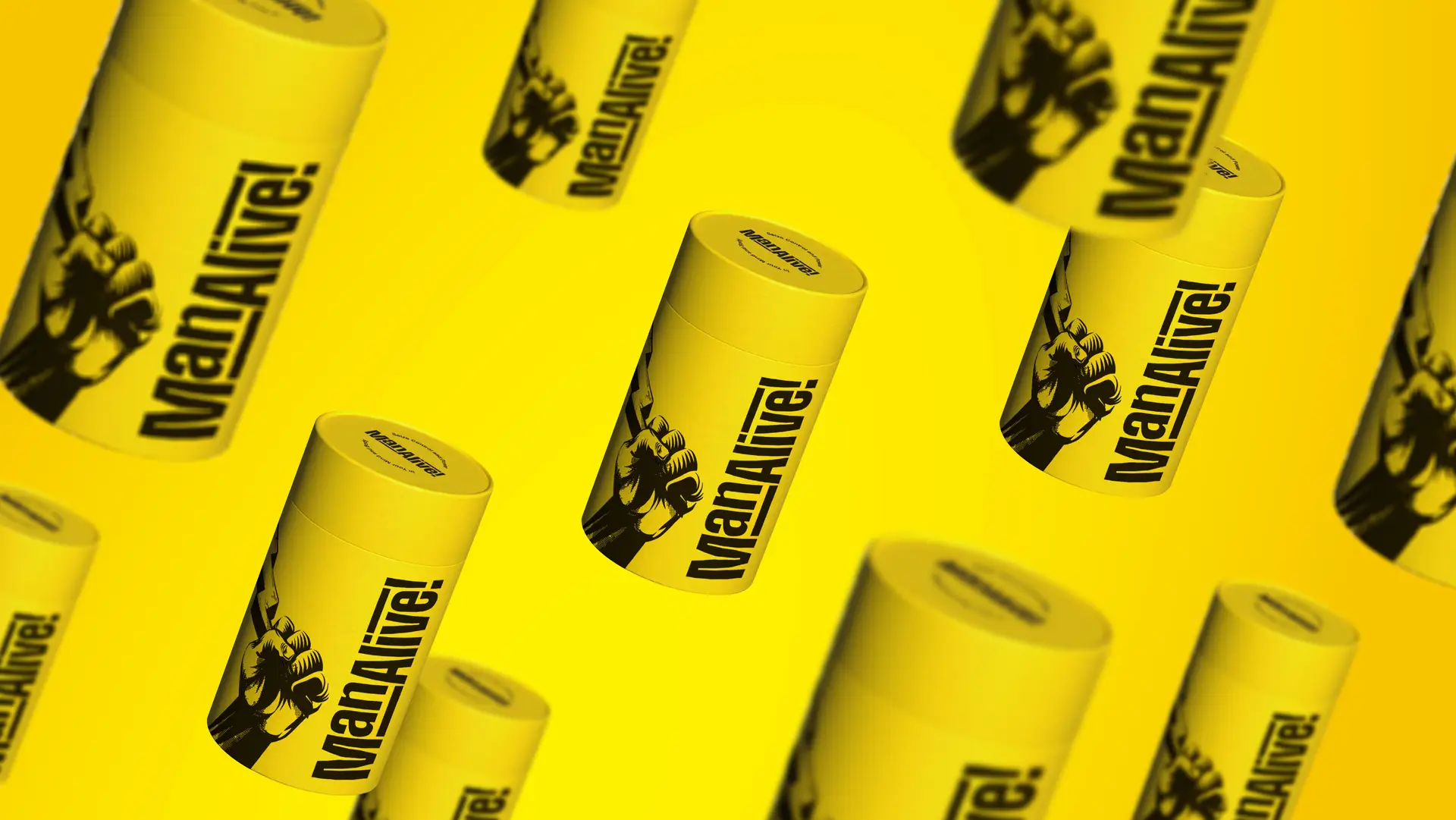91% of millennials today prefer to buy from companies associated with a social cause. 72% of consumers would recommend a brand that supports a good cause over one that doesn’t.
Knowing the ‘why’ of your company and allowing it to take centre-stage can have a huge impact on the success of a brand in today’s market.
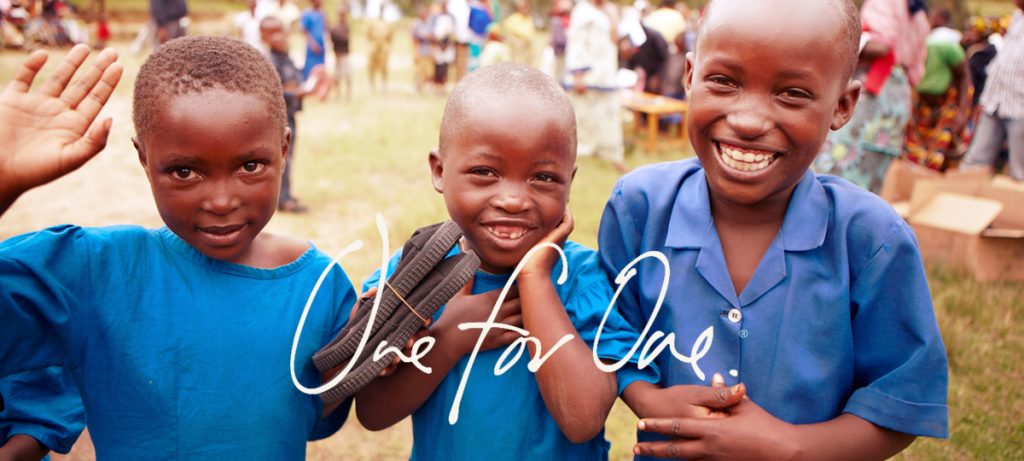
In 2006, TOMS Founder Blake Mycoskie was traveling Argentina attempting to learn how to play Polo. It was here that he witnessed first-hand the hardships faced by children growing up without shoes.
“While in Buenos Aires, I met a woman who worked for a nonprofit, delivering shoes to children in poor rural areas. She invited me to accompany her, and the experience was truly life-changing. In every town we were greeted with cheers and tears. I met a pair of brothers, ages 10 and 12, who had been sharing a single pair of adult-size shoes. Because the local schools required footwear, they had to take turns going to class. Their mother wept when I handed her shoes that actually fit her boys’ feet. I couldn’t believe that such a simple act could have such an enormous impact on people’s lives. I decided to do something more.”
The company was originally named ‘Shoes for Tomorrow’, which was later shortened to Tomorrow’s Shoes, and finally to TOMS. It was shortened to TOMS “so that the name would fit on the little tag on our shoes (to this day, some people are puzzled when they meet me, because they’re expecting a guy named Tom).”
And so, TOMS was born; a company that would give a pair of shoes to someone in need with every new pair purchased. One for One®.
“I knew my shoes couldn’t compete on quality or price alone, so I told the buyer why I wanted to sell them and give them away.”
Despite originally being told the One for One model wasn’t financially viable, 75 million pairs of shoes have been donated by TOMS, and the company was most recently valued at a massive $625 million. And throughout this process, TOMS have continued to learn and adapt – giving different types of shoes based on terrain and season, and creating local jobs by producing shoes in countries where they give. This would be enough goodwill for most companies. But not TOMS.
After the ineffable success of TOMS footwear, Blake Mycoskie took a break to step back, gather his thoughts and think about the future.
“During my months away, I did a lot of thinking about my personal “why.” I knew why I had started the company, and why people joined me in the early days. And I still believed in our mission and the impact we were making… Eventually I came to a surprising conclusion: I felt lost because TOMS had become more focused on process than on purpose. We were concentrating so hard on the “what” and “how” of scaling up that we’d forgotten our overarching mission, which is to use business to improve lives.”
Whilst contemplating the future of TOMS, Blake read Simon Sinek’s fantastic book ‘Start with Why’, and learned a valuable lesson that helped shape the following decisions.
“People follow you, buy from you, when they believe what you believe… We weren’t selling shoes; we were selling the promise that each purchase would directly and tangibly benefit a child who needed shoes.”
It isn’t the ‘what’ that was generating so much revenue, but the ‘why’.
With this new-found focus on the purpose of TOMS, Blake returned feeling revitalised and ready to make real progress. He wanted to think bigger, using the success of TOMS footwear to help launch other ventures with similar intentions. And so, they began developing other programs and initiatives. TOMS began selling coffee, pledging to give a week of clean water to someone in need for every bag sold. “To date we have provided more than 175,000 weeks of clean drinking water to people in need around the world… But most important, I believe, it gave our employees permission to think bigger, to challenge the status quo, and to reconnect with the mission of the business.”
“Creating TOMS Roasting wasn’t an attempt to compete with big chains but, rather, a bold move to reengage with the community and help more people.”
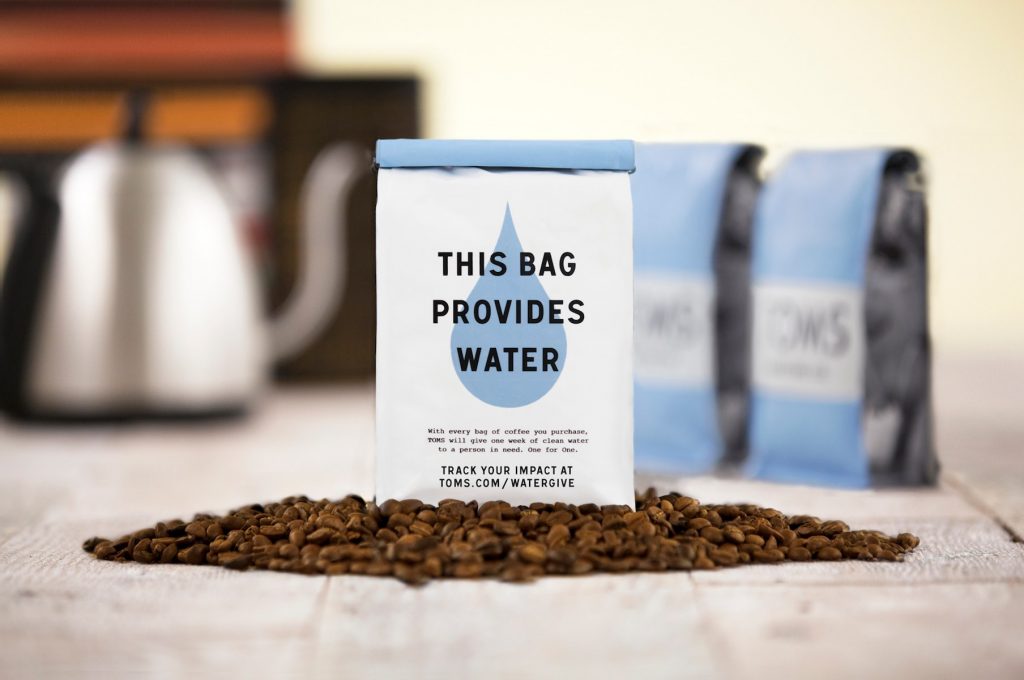
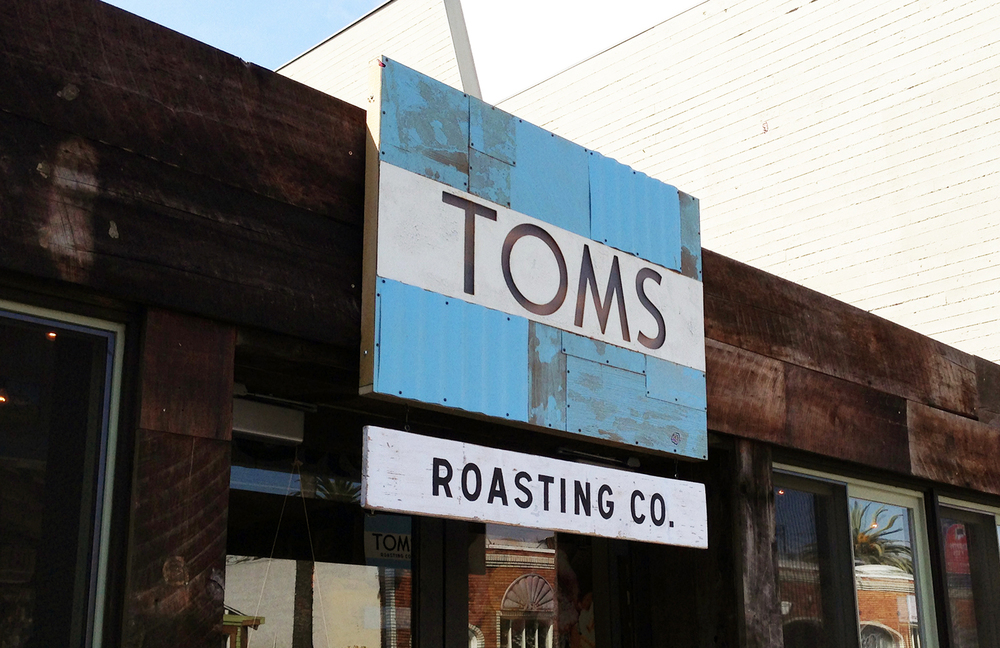
And this was just a first of many new business ventures.
TOMS are now invested in helping those in need with sight, water and safer birth – and also sell backpacks to support anti-bullying programs.
However, the brand experience remains consistent regardless of what product you purchase. It runs through four key stages:
Purchase: Sales of TOMS Shoes, Eyewear, Coffee and Bags drive Giving through the TOMS One for One® model. Every time a TOMS product is purchased, a person in need is helped.
Plan: The TOMS Giving Team collaborates with Giving Partners to plan how we can further the partners’ work, by giving TOMS products or helping the partners to provide services.
Support: TOMS uses business for good, through tailored products and services, logistical support, local production and more.
Give: Our Giving Partners provide TOMS products or services, supporting sustainable and responsible programs for communities in need.
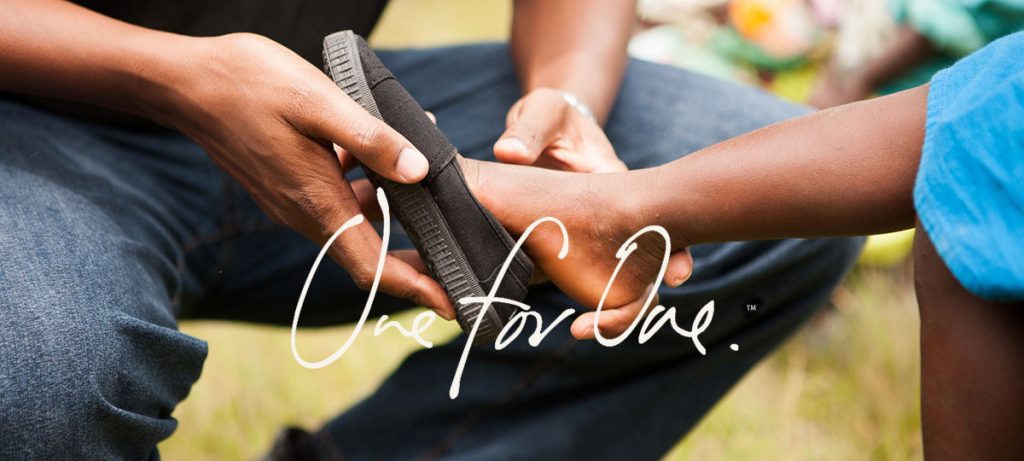
The purpose and passion of TOMS radiates out of all brand touch-points and across all aspects of the brand experience. It is at the forefront of all business decisions and has always been an integral part of the brand experience.
“It is impossible to think about TOMS without thinking about the company’s commitment to social impact. The product and the purpose are one in the minds of consumers.”
What began as a simple idea has gradually evolved into a powerful business model that helps address health issues, education, and economic opportunity for children and their communities worldwide. It is no longer a brand, but a movement; a movement made up of many parts, including One Day Without Shoes and World Sight Day.
It just goes to show, goodwill and good business don’t have to be exclusive.
If you want to find out more about TOMS and all the good stuff that they do, click here.
Or if you want to read more about what founder Blake Mycoskie thinks, click here.
